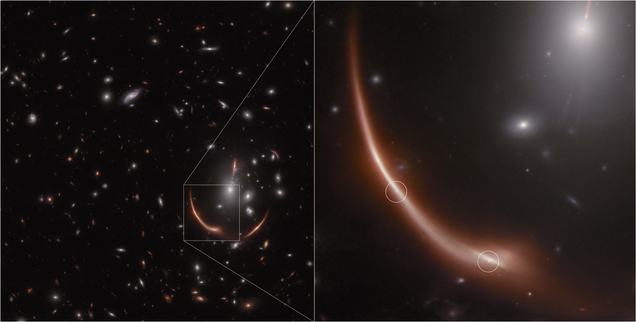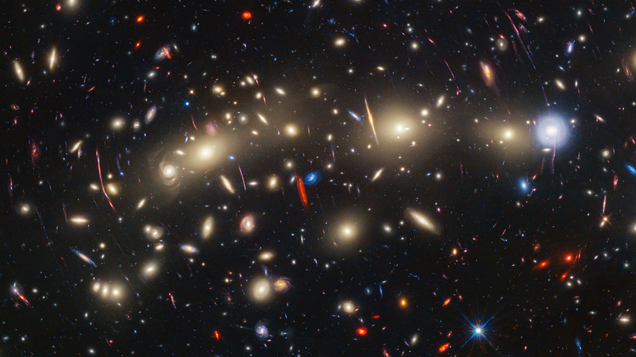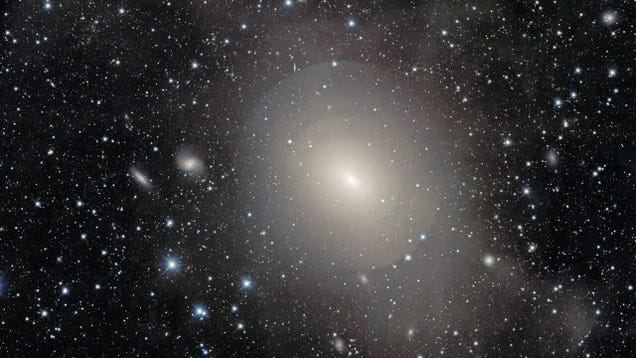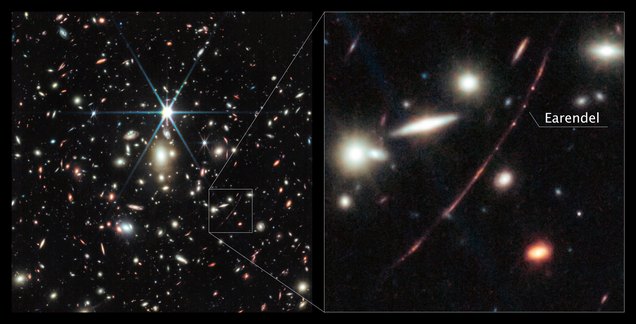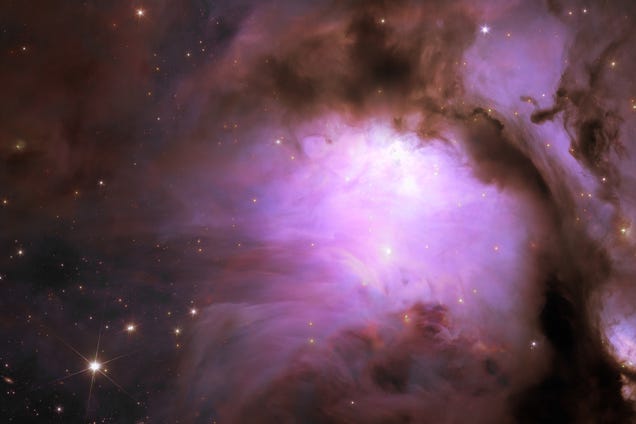
In July 2023, scientists launched the Euclid Space Telescope into orbit with a straightforward, albeit massive, task: to map the dark universe, revealing the dark matter and dark energy that we cannot directly observe but makes up the bulk of everything.

